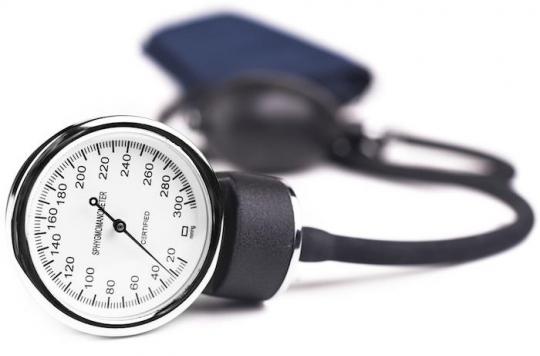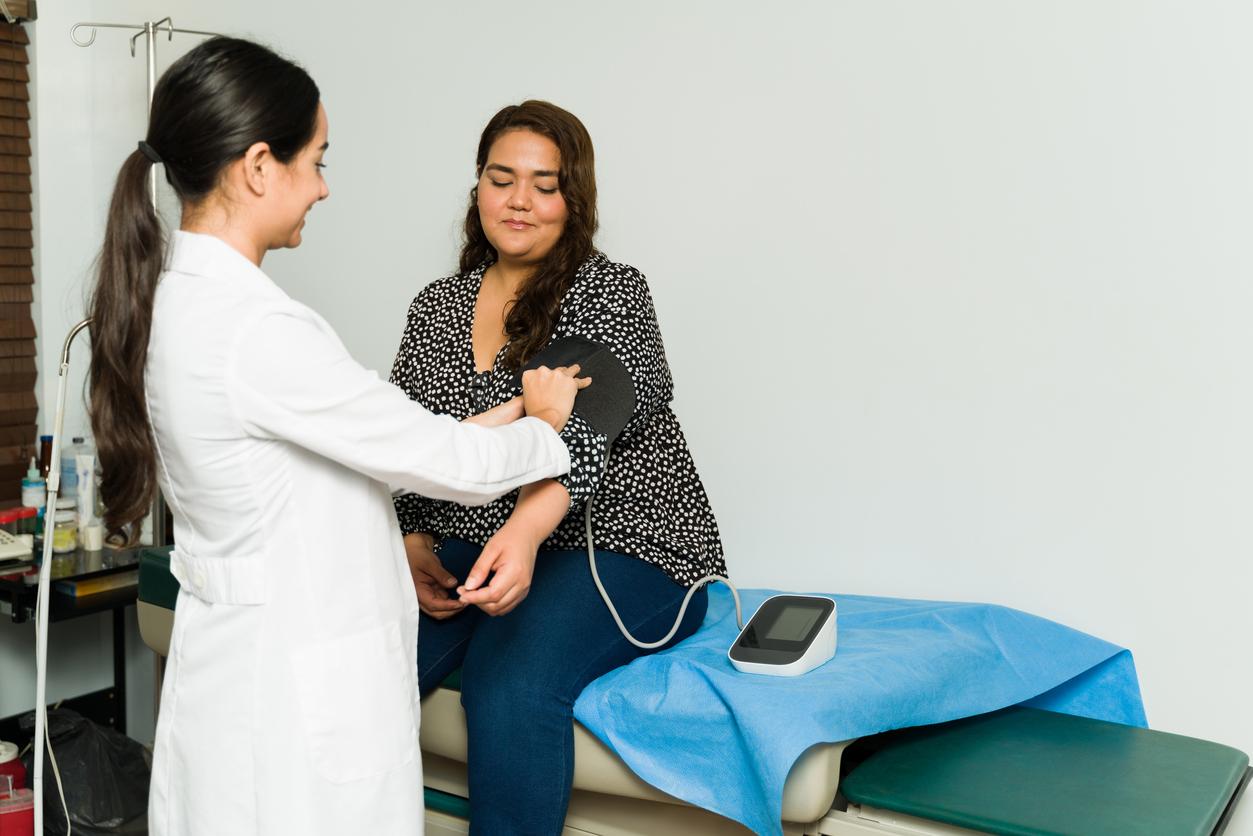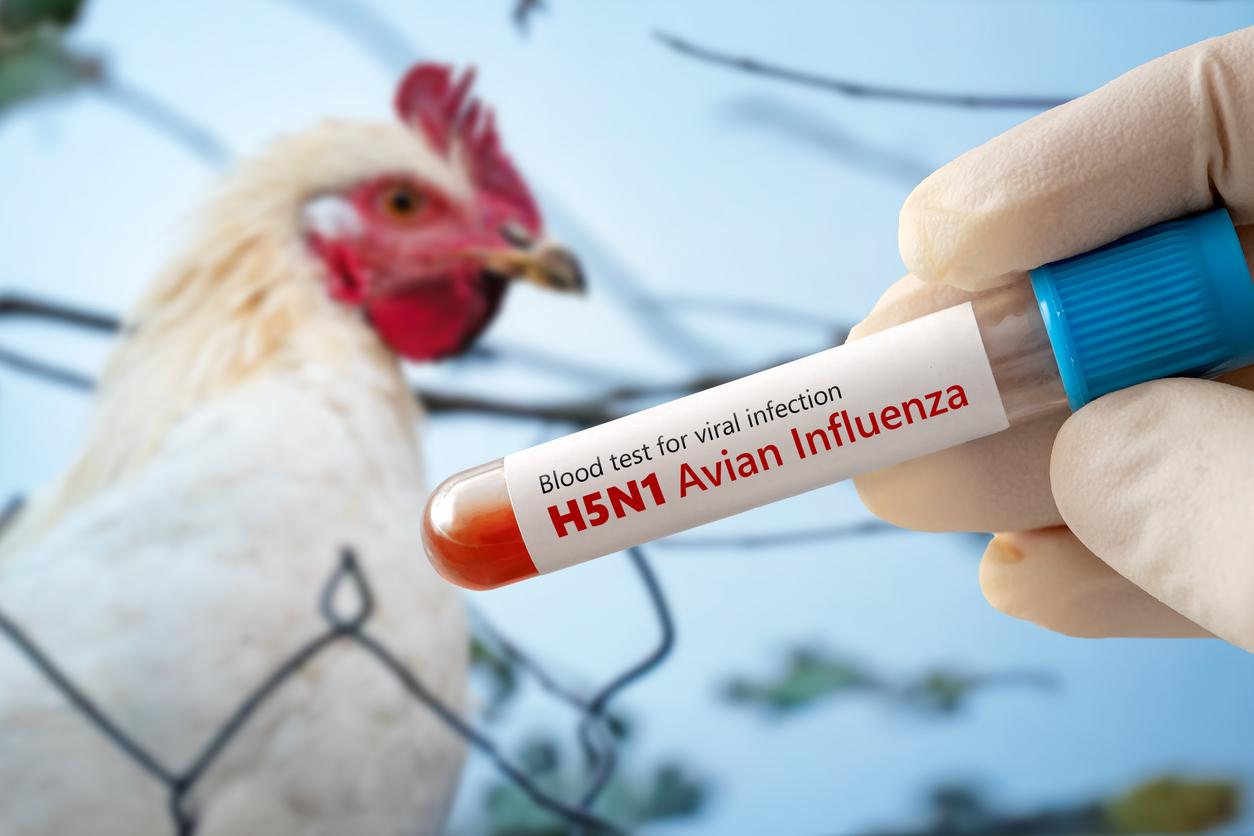To be effective in preventing cardiovascular disease and related deaths, treatment of systolic blood pressure of 140 mm Hg or more is necessary.

Treatment for lowering blood pressure is generally associated with a reduced risk of death and cardiovascular disease if, and only if, the initial systolic blood pressure is 140 mm Hg or more.
A new analysis, including 74 trials and more than 300,000 patients, confirmed this postulate. Below 140 mm Hg, the treatment effect is neutral in primary prevention trials. However, there is a possible benefit on non-fatal cardiovascular events in trials of patients with associated coronary artery disease.
Systolic blood pressure of 140 mm Hg or more should therefore be treated to prevent death and cardiovascular disease.
Effective for blood pressure over 140 mm Hg
High blood pressure is the most important risk factor for death and cardiovascular disease worldwide. It is in this context that the researchers wanted to evaluate the association between the treatment lowering blood pressure and deaths linked to cardiovascular diseases.
In the end, lowering blood pressure in primary prevention, that is to say when there is no disease yet, is associated with a reduction in the risk of death and cardiovascular disease if the blood pressure systolic is 140 mm Hg.
At lower blood pressure levels, treatment is not associated with any primary prevention benefit, but may offer additional protection in patients with coronary artery disease (secondary prevention).

.
















